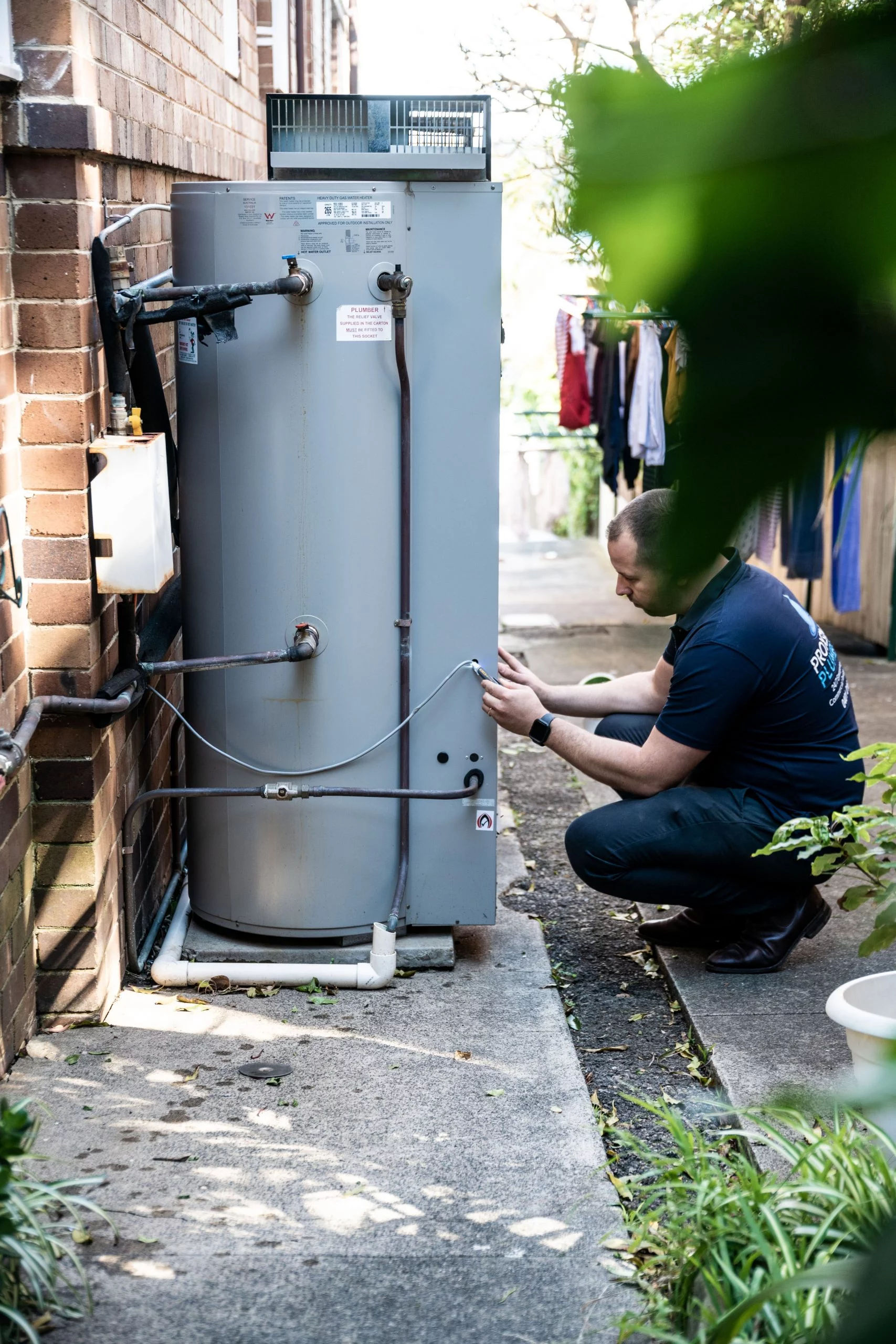We have noticed this post on How to Maintain a Hot Water Heater in a Few Simple Steps down the page on the web and accepted it made sense to relate it with you here.

Warm water is important for day-to-day comfort, whether it's for a rejuvenating shower or cleaning dishes. To guarantee your warm water system runs efficiently and lasts much longer, regular maintenance is crucial. This article provides functional pointers and insights on exactly how to keep your home's hot water system to prevent disturbances and costly repair work.
Intro
Maintaining your home's hot water system might seem overwhelming, yet with a few easy actions, you can guarantee it operates smoothly for many years ahead. This guide covers everything from comprehending your warm water system to do it yourself maintenance suggestions and understanding when to call professional help.
Value of Keeping Your Warm Water System
Regular maintenance not only prolongs the life-span of your warm water system but additionally ensures it operates effectively. Ignoring upkeep can bring about decreased efficiency, higher energy expenses, and even early failing of the system.
Indicators Your Warm Water System Demands Upkeep
Knowing when your hot water system needs attention can avoid major problems. Watch out for indications such as inconsistent water temperature, strange noises from the heater, or rusty water.
Flushing the Water Heater
Flushing your water heater removes sediment buildup, improving efficiency and prolonging its life.
Checking and Replacing Anode Rods
Anode rods protect against deterioration inside the container. Evaluating and changing them when broken is critical.
Facility Concerns Needing Expert Assistance
Examples include major leakages, electric troubles, or if your hot water heater is constantly underperforming.
Routine Expert Maintenance Benefits
Specialist upkeep can consist of complete evaluations, tune-ups, and guaranteeing compliance with safety criteria.
Checking and Changing Temperature Settings
Readjusting the temperature level settings ensures optimum efficiency and security.
DIY Tips for Upkeep
You can execute a number of maintenance jobs on your own to keep your hot water system in leading problem.
Checking for Leakages
On a regular basis check pipes and links for leakages, as these can result in water damages and greater bills.
Recognizing Your Warm Water System
Before diving right into upkeep tasks, it's handy to recognize the basic parts of your warm water system. Generally, this consists of the hot water heater itself, pipes, anode poles, and temperature controls.
Regular Monthly Maintenance Tasks
Normal regular monthly checks can help capture minor concerns prior to they escalate.
Checking Pressure Alleviation Valves
Testing the stress relief valve guarantees it operates properly and protects against extreme pressure accumulation.
Insulating Pipelines
Insulating warm water pipes minimizes heat loss and can conserve energy.
When to Call a Specialist
While DIY upkeep is advantageous, some problems call for expert experience.
Final thought
Normal maintenance of your home's warm water system is important for efficiency, durability, and price savings. By adhering to these tips and recognizing when to seek expert aid, you can guarantee a trusted supply of hot water without unforeseen disturbances.
How to Maintain an Instant Hot Water Heater
Before tinkering with your hot water heater, make sure that it’s not powered on. You also have to turn off the main circuit breaker and shut off the main gas line to prevent accidents. Also turn off the water valves connected to your unit to prevent water from flowing into and out of the appliance. 2. When you’re done, you have to detach the purge valves’ caps. These look like the letter “T” and are situated on either side of the water valves. Doing so will release any pressure that has accumulated inside the valves while at the same time avoid hot water from shooting out and burning your skin. 3. When the purge valves’ caps are removed, you have to connect your hosing lines to the valves. Your unit should have come with three hoses but if it didn’t, you can purchase these things from any hardware or home repair shops. You can also get them from retail stores that sell water heating systems. Read the user’s manual and follow it to complete this task properly. When the hosing lines are connected, open the purge port’s valves. 4. You should never use harsh chemical cleaners or solutions when cleaning your unit. Make use of white vinegar instead. It should be undiluted and you’ll probably use about 2 gallons. 5. Now flush your water heater. This task should probably take about 40 minutes. We can’t give you specific directions for this because the procedure is carried out depending on the type, model and brand of your heater. With that being said, refer to the user’s manual. 6. When you’re done draining the unit, you have to turn off the purge port valves again. Remove the hosing lines that you earlier installed on each of the water valves. Put the valve caps (purge port) back in their respective places and be very careful so as not to damage the rubber discs that are found inside these caps. 7. Now that everything’s back in place, check your user’s manual again to find out how to reactivate your water heating system. 8. Once it is working, turn one of your hot water faucets on just to let air pass through the heater’s water supply pipes. Leave the tap on until water flows smoothly out of it. https://www.orrplumbing.com/blog/2014/september/how-to-maintain-an-instant-hot-water-heater/

Do you enjoy reading up on What Kind of Maintenance Do Water Heaters Need?? Try to leave a short review down below. We'd be glad to find out your thoughts about this write-up. In hopes that you visit us again in the near future. So long as you liked our blog posting kindly make sure you remember to share it. Thank you so much for going through it.
Click Here